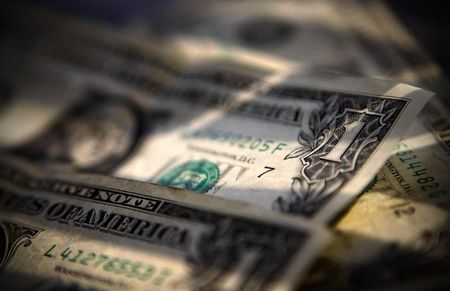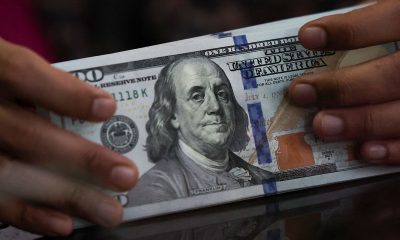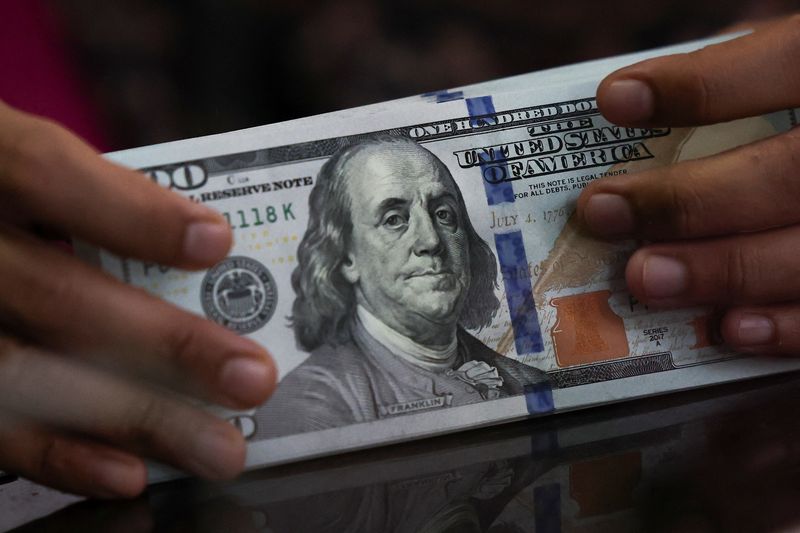Forex
Dollar has further upside against G10 currencies – UBS

Investing.com – Aggressive movements in the Japanese yen this week, largely versus the U.S. dollar, have prompted talk of official intervention. While this could be seen as a sign of extreme dollar strength, UBS pointed to yen weakness, saying the dollar offers more upside on a broader scale.
“The past week has been a consequential one for ,” said analysts at UBS, in a note dated May 1, as the Bank of Japan stuck to a dovish tone at its meeting, resulting in USDJPY climbing above 160 on Monday, “and spurring what markets believe was FX intervention.”
“What we see as extreme JPY weakness has in some cases been conflated with excessive USD strength. We disagree with that framework and think the USD has more upside against G10 more broadly, even if it’s hard to call it ‘cheap’,” UBS added.
The bank noted that there has been some talk of concerted action in the foreign exchange markets of a similar nature to the Plaza and Louvre accords of the 1980s.
However, “we find that the context was markedly different and see high hurdles to a similar round of joint actions to weaken the greenback this time round,” the bank said.
“A major shift in U.S. attitudes would be necessary as a starting point, alongside a deterioration in the trade deficit that starts to take on the hue of what’s already been seen in the fiscal deficit. That is absent for now.”
The broad U.S. dollar is well below 2022 levels, UBS said, and far from extremes.
remove ads
.
“It still has more to give.”
UBS continues to hold long positions against the G10 currencies, the Canadian dollar and Swiss franc.
On the Swiss franc, “we note that there were some signs that the SNB [Swiss National Bank] may have bought forex in March, which if proved correct would further underpin our long-standing bearishness on the currency,” UBS added.

 Forex3 years ago
Forex3 years agoForex Today: the dollar is gaining strength amid gloomy sentiment at the start of the Fed’s week

 Forex3 years ago
Forex3 years agoUnbiased review of Pocket Option broker

 Forex3 years ago
Forex3 years agoDollar to pound sterling exchange rate today: Pound plummeted to its lowest since 1985

 Forex3 years ago
Forex3 years agoHow is the Australian dollar doing today?

 Cryptocurrency3 years ago
Cryptocurrency3 years agoWhat happened in the crypto market – current events today

 World3 years ago
World3 years agoWhy are modern video games an art form?

 Commodities3 years ago
Commodities3 years agoCopper continues to fall in price on expectations of lower demand in China

 Economy3 years ago
Economy3 years agoCrude oil tankers double in price due to EU anti-Russian sanctions
























